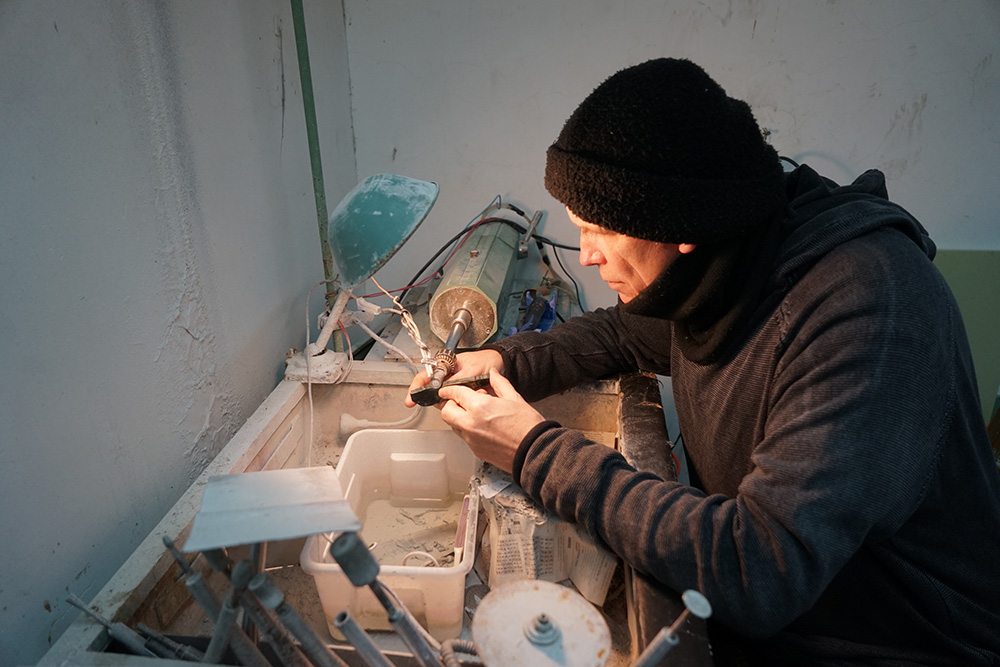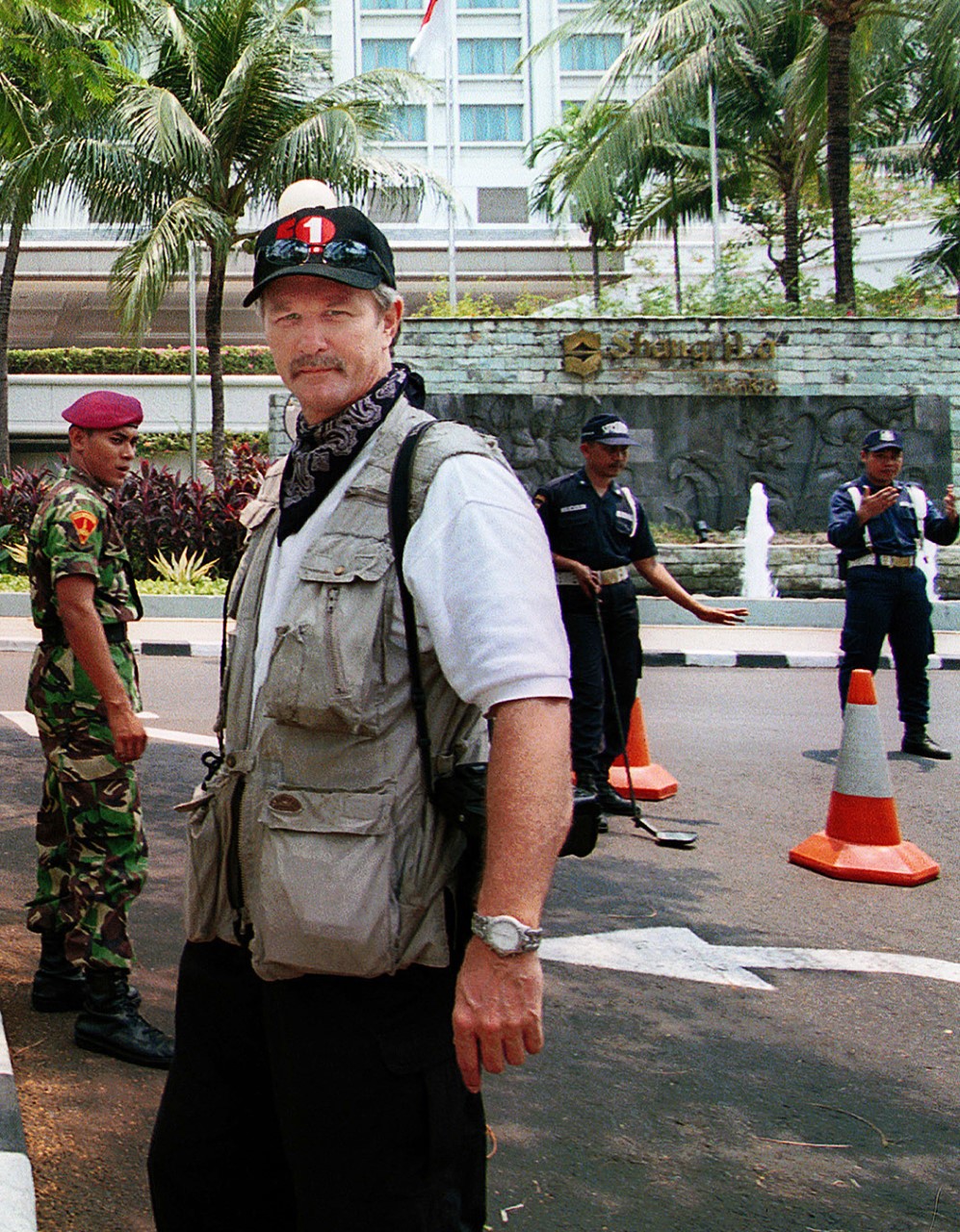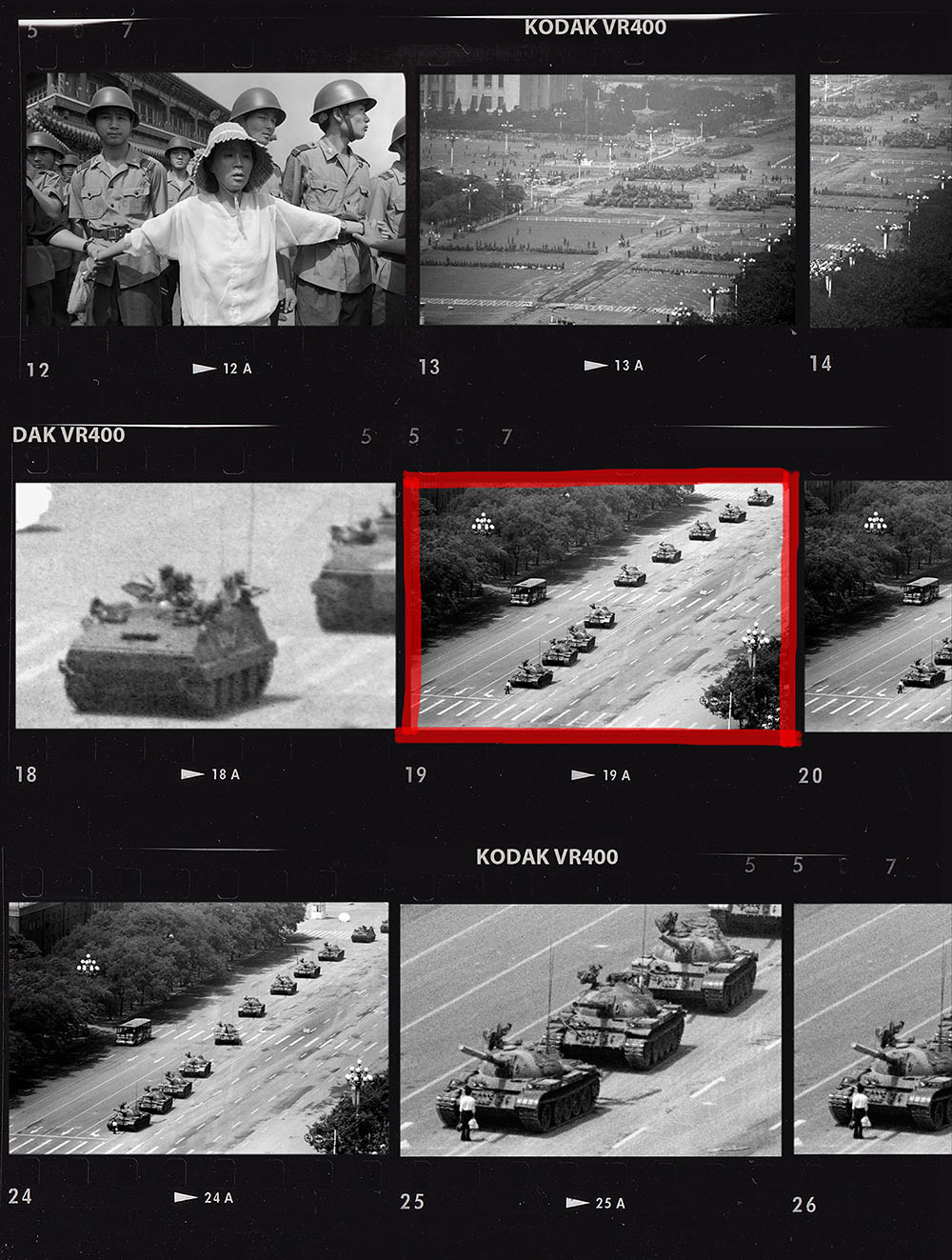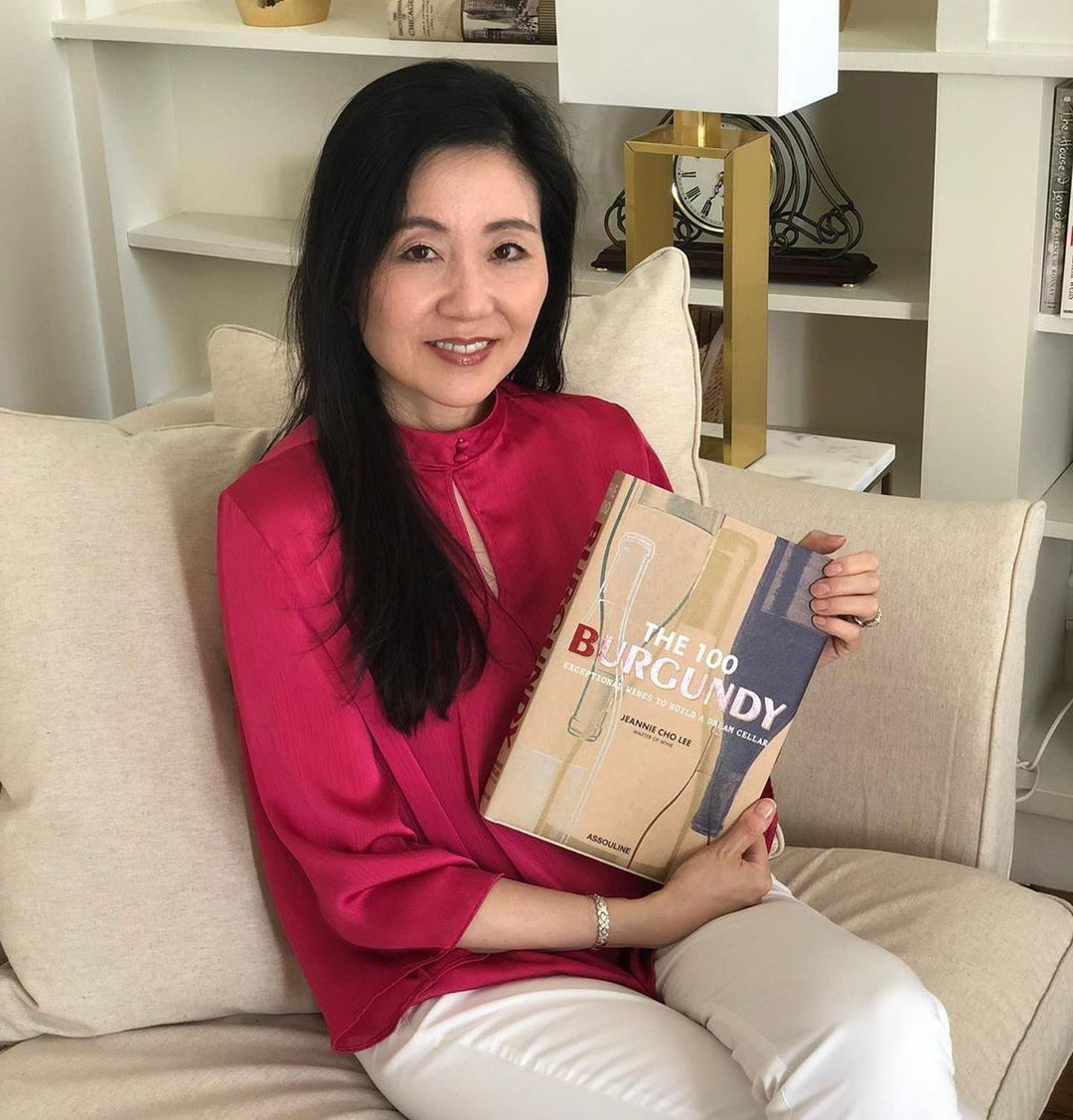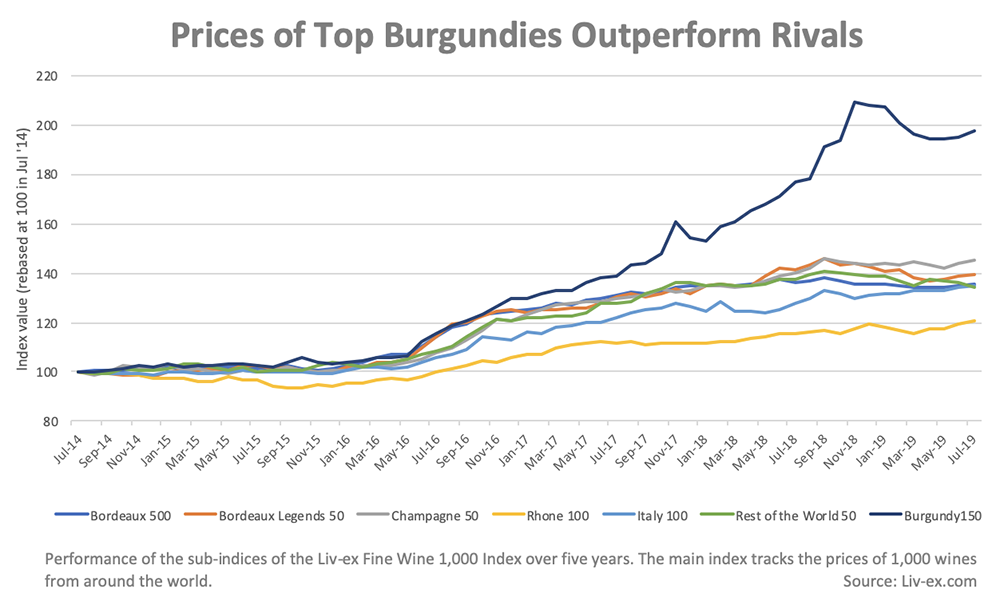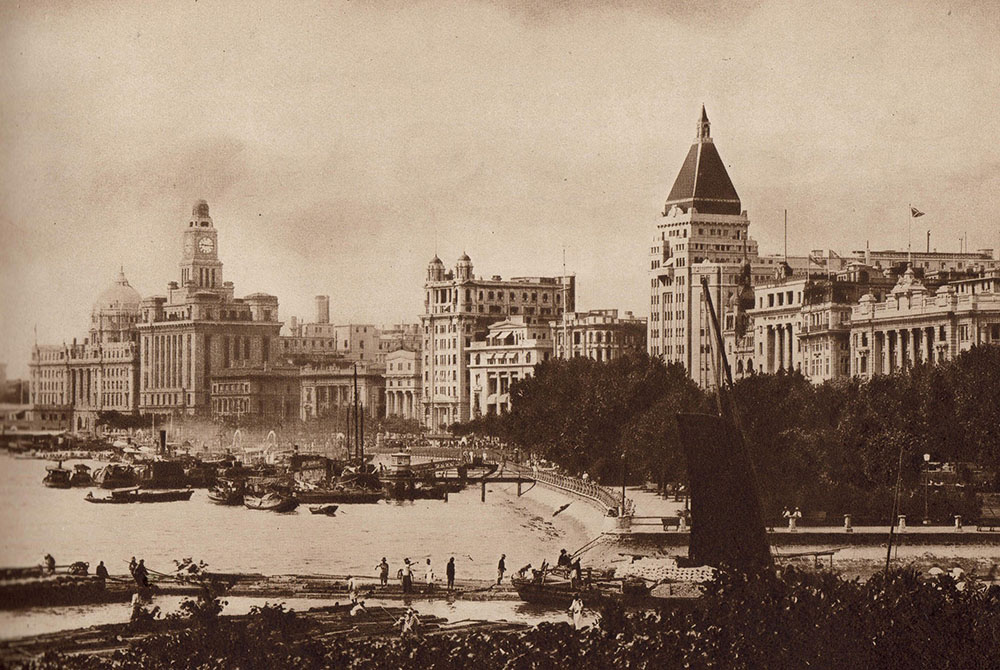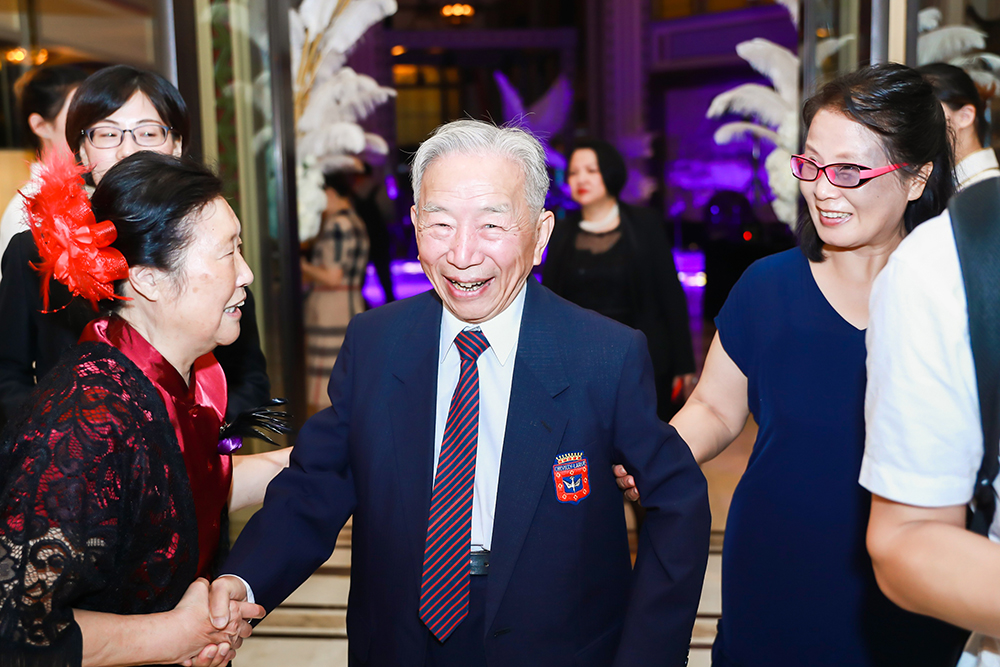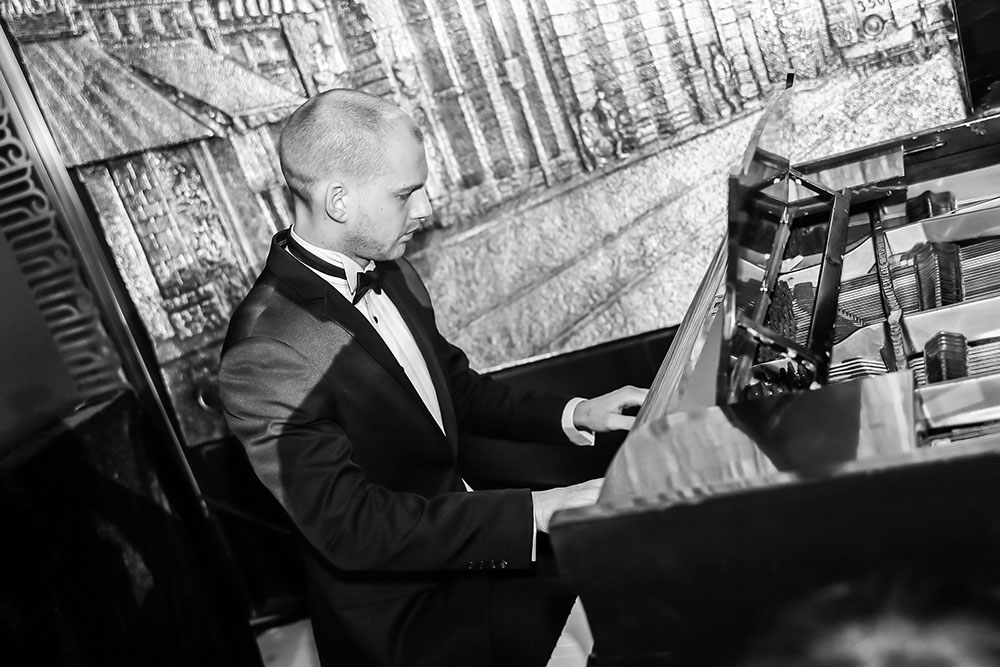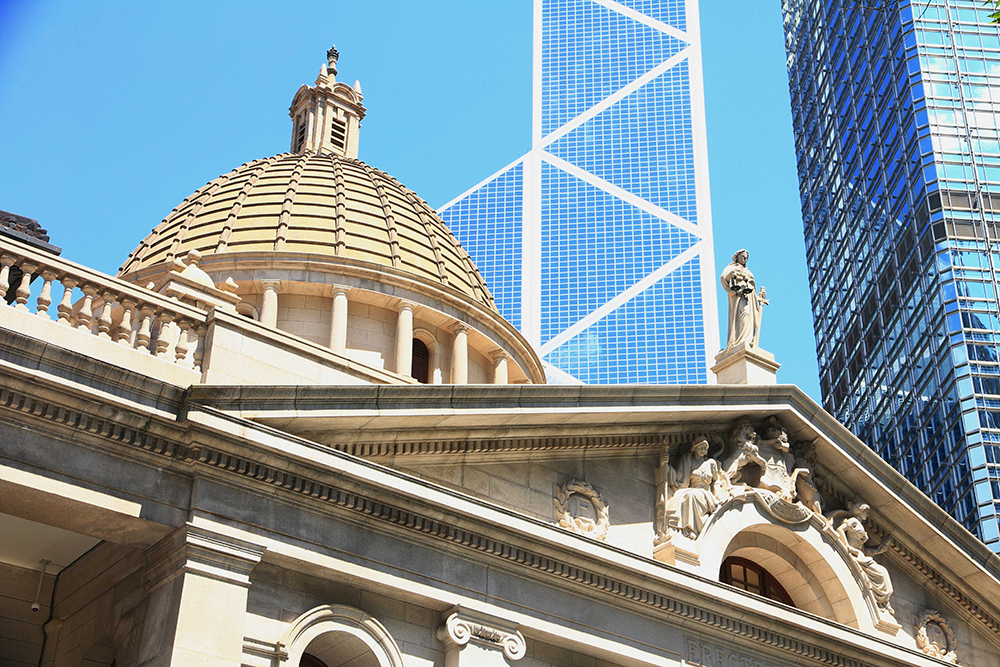The latest group of members to join the FCC is, as always, an interesting bunch. The membership committee meets regularly to go through applications and is always impressed by the diversity of people who want to join the club.
 May James
May James
After 15 years working with local education, raising two beautiful daughters and running a partner’s business, the time came to pick up my passion for photography where I left it 20 years ago. I have great appreciation for friends, colleagues, clients and family who have supported and trusted me and given me the confidence and opportunities to re-enter the photography world. At first capturing sporting activities, including HK 7s for SCMP, then my first exhibition in 2017, Space and Time – Hong Kong Images. Now, among many, I wear a hardhat at the frontlines documenting the recent Hong Kong protests, frequently appearing in HKFP.
 Kevin Ng
Kevin Ng
I’m an investment banker by day, musician by night. Born and raised in Hong Kong, I studied economics in the U.S. and classical music in Berlin, Germany. Outside of my day job, I am a classical clarinetist and perform regularly with our orchestra and chamber music groups in Hong Kong and abroad. In my free time, I like cooking for my friends and travelling to new places. I always love a good glass of wine or Scotch – I will accept any recommendations.
 Caroline Jones
Caroline Jones
I’m Sassy Media Group’s Managing Editor. I originally came to Hong Kong six years ago to work for Bloomberg as a TV News Producer. Before that I worked as a Senior Producer for Sky News. I grew up in Bangor in Northern Ireland and, despite having lived in Dublin, Moscow, London and Hong Kong over the past two decades, my accent never seems to get any softer! I’ve always loved the arts and spent many years treading the boards for local drama groups, once picking up a Best Comedienne award from the Association of Irish Musical Societies.
 Kenji Cheung
Kenji Cheung
After finishing my civil engineering degree in HKUST, I started my career in my family business, which is trading dental products in China and Hong Kong. In 2016, I pursued my passion and opened the menswear store Bryceland’s with my business partner Ethan Newton in Tokyo, and then opened a second store in Stanley Street, Hong Kong. My hobbies are collecting vintage clothing and items, and my favourite sport is table tennis.
 Siddharth Tiwari
Siddharth Tiwari
I head the Bank for International Settlements Office for Asia and the Pacific and moved to Hong Kong last November. At heart, I am a traveller seeking new environments and challenges. In the past, I have called many places my home: New Delhi, Bangkok, London, Chicago, Washington DC, Moscow, and Singapore. In my career in economics and public policy, I have worked in nearly 85 countries around the globe. These travels have fostered a deep interest in food, music, and art. I am also an avid fan of cricket, soccer, and baseball. My wife, Bonnie, joins me in this exploration.
 Marco Foehn
Marco Foehn
I arrived in Hong Kong in the early 1980s and worked as a banker for 20 years. Throughout my stay in Hong Kong, I served on various boards, from the HK Financial Markets Association to International School Boards and HK Country Club, and have always had a keen interest in serving the public at large. From 2011-17 I was Chief Operating Officer of the German Swiss International School (GSIS). I particularly adore Hong Kong’s beautiful countryside. Back in 2007, I bought WalkHK and employ eight guides showing tourists the beauty of Hong Kong.
 Fung Wai Kong (Lo Fung)
Fung Wai Kong (Lo Fung)
To learn something new is always a challenge. To learn a new “language” in midlife is a daunting task. Yet, I decided to learn to play the saxophone at the age of 50. It was almost mission impossible for me, especially for the first year. But when you get everything right, you no longer hear just individual notes but the sound of music. That can be very rewarding. I am Consulting Editor for the Hong Kong Economic Journal and when I get stuck in my writing, I sometimes play the saxophone to relax. I may need a new pair of glasses soon as the notes seem a bit blurred lately.
 Divya Sahney
Divya Sahney
After a short stint as a reluctant banker in New York, I moved into advertising. As a strategic planner I developed campaigns for everything from Maltesers to the UK government. I then did freelance work on Brand India and helped women entrepreneurs. This took me from New York to London and now to Hong Kong. Along the way, my husband and I had two children and acquired a dog. The desire to give back to my country – and I guess the guilt of being an expatriate – led me to set up Hi Didi, an online peer mentoring programme for underprivileged girls in India.
 Becky Cho
Becky Cho
I am a Hong Kong native who has recently returned after more than two decades away, having accepted an opportunity from VF Corporation to join my fellow corporate affairs community in Asia Pacific. I’m a corporate social responsibility enthusiast and am particularly interested in playing an active role in sustainability through story-telling and partnerships with NGOs and think tanks. I first came to the FCC in the late ’80s and having lived and worked in Toronto, Taipei, Chicago and Shanghai since the ’90s, it is great to be calling Hong Kong home again.
 Alan Lung
Alan Lung
I was born and educated locally, later attending the University of Wisconsin in the U.S. and Wilfrid Laurier University in Canada. I chaired the Hong Kong Democratic Foundation, a political think tank (founded by Jimmy McGregor in 1989) from 1997 to 2014. I am a member of Chatham House, an international think tank. I am also a board member of Path of Democracy, a think tank founded by Ronny Tong in 2015 and am involved in managing a technology start-up incubated by the Hong Kong Science and Technology Park and Youth Innovation and Entrepreneur Hub in Shenzhen.
 John Norris
John Norris
This is my second stint living in Hong Kong; the first was aged five, for three years, and I’ve always wanted to come back. After time in London, Zurich then Sydney, my wife and I moved here 12 years ago. Our three children were born here and we all see it as home. I’m a keen rugby player and played in Hong Kong until a serious injury stopped me. I’m still involved in the game and having managed a senior side, I now coach my children’s teams. Three years ago I took the leap into entrepreneurship as co-founder and COO of a data analytics company.
 Yildiz Choi
Yildiz Choi
Born and raised in Hong Kong, I consider myself a lucky girl who enjoyed the political stability and economic prosperity which allowed me to set up my own legal practice 22 years ago. Life is about seeking happiness. To me, happiness is good health and friends with shared values, plus seeing my two naughty pooches fighting. My beloved Hong Kong is now in times of turbulence and confusion. I hope that all people can gather more wisdom and walk hand-in-hand through this dark time.
 Bruce Yung
Bruce Yung
I was born in Hong Kong and educated in the UK (PhD in Chemical Engineering). I returned to Hong Kong with my wife and daughter from London in 1996. At a time when Hongkongers were thinking about leaving, we came back! I have since lived and worked in Beijing and Shanghai for oil and renewable energy companies, including BP and First Solar. I now work with like-minded colleagues in setting up a private equity fund to invest in energy start-ups. I like theatre, travelling and the gym.
 Cathy Yang
Cathy Yang
Delighted to be a returnee at the FCC. After living and working in Hong Kong for over 11 years – from covering the SARs outbreak all the way to the Occupy Central protests (and everything else in between) – I truly believe Hong Kong will always be my favourite city outside my native home, Manila, Philippines. As Anchor-Managing Editor of the ABS-CBN News Channel’s financial news programme, I travel for work, and am often in Hong Kong. As a former member of the F&B committee, I am thrilled at finding value-for-money drinks offerings on the menu.
 Graham Gaston
Graham Gaston
I am a proud Ohio University alum (anybody else?) and was president of the 6,000 strong Metro NY Bobcat alumni group for seven years. I’ve worked at Al Jazeera, AP, ABC News, ESPN, NBC, and now Bloomberg. All over the place, mostly in TV operations. Even a stint in reality TV. I know, gross – don’t ask! I’m very happy to be living in Hong Kong – my first time in Asia, and my first overseas gig. If you’d like to talk baseball, Brooklyn, or bowling, let me know. Also, I wouldn’t mind finding some other Bobcats or Team in Training alum!
 Jenny Pu
Jenny Pu
I am the President of the Hong Kong Neuro-oncology Society and the Chairman of the PVW Brain Tumour Foundation, raising public awareness of brain tumour and providing financial support to patients with brain tumour. Technically, I am the first female Hongkonger neurosurgeon; a Consultant in the Department of Neurosurgery at the Queen Mary Hospital, sub-specializing in neuro-oncology and skull-base surgery. I am also an Honorary Associate Professor at the Department of Surgery, University of Hong Kong, and a trainer for the Higher Neurosurgical Training at the College of Surgeons Hong Kong. I am the editor of the Molecular Biology Section of the World Neurosurgery Academic Journal.

